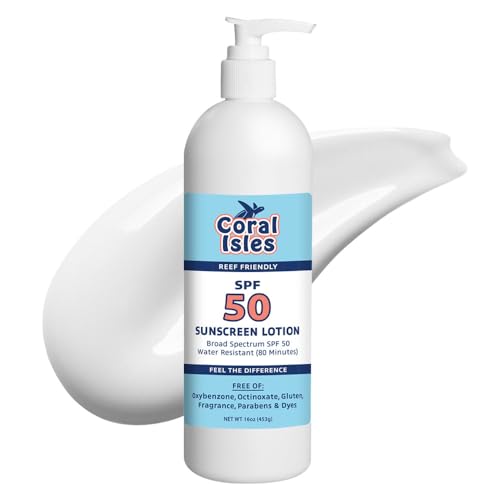Finch, A.A., N. Allison, S.R. Sutton & M. Newville, 2003. Strontium in coral aragonite: 1. Characterization of Sr coordination by extended absorption X-ray fine structure. Geochimica Cosmochimca Acta 67: 1189-1194. Aragonite was analysed from Porites lobata, Pavona gigantea, Pavona clavus, and Montastrea annularis corals by Sr K-edge extended absorption X-ray fine structure (EXAFS) and compared with aragonite, strontianite, and mechanically mixed standards. Bulk analyses were performed and data compared with equivalent micro-EXAFS analyses on small (~ 400 μm3) analytical volumes with a microfocused X-ray beam. As a result of the architecture of the coral skeleton, the crystals within the microanalytical volume are not randomly orientated, and the microanalytical X-ray absorption spectra show orientational dependence. However, refinement of bulk and microanalytical data provided indistinguishable interatomic distances and thermal vibration parameters in the third shell (indicative of Sr speciation). The Sr K-edge EXAFS of all the coral samples refine, within error, to an ideally substituted Sr in aragonite, in contrast to previous studies, in which significant strontianite was reported. Some samples from that study were also analysed here. Strontianite may be less widely distributed in corals than previously thought.


































































